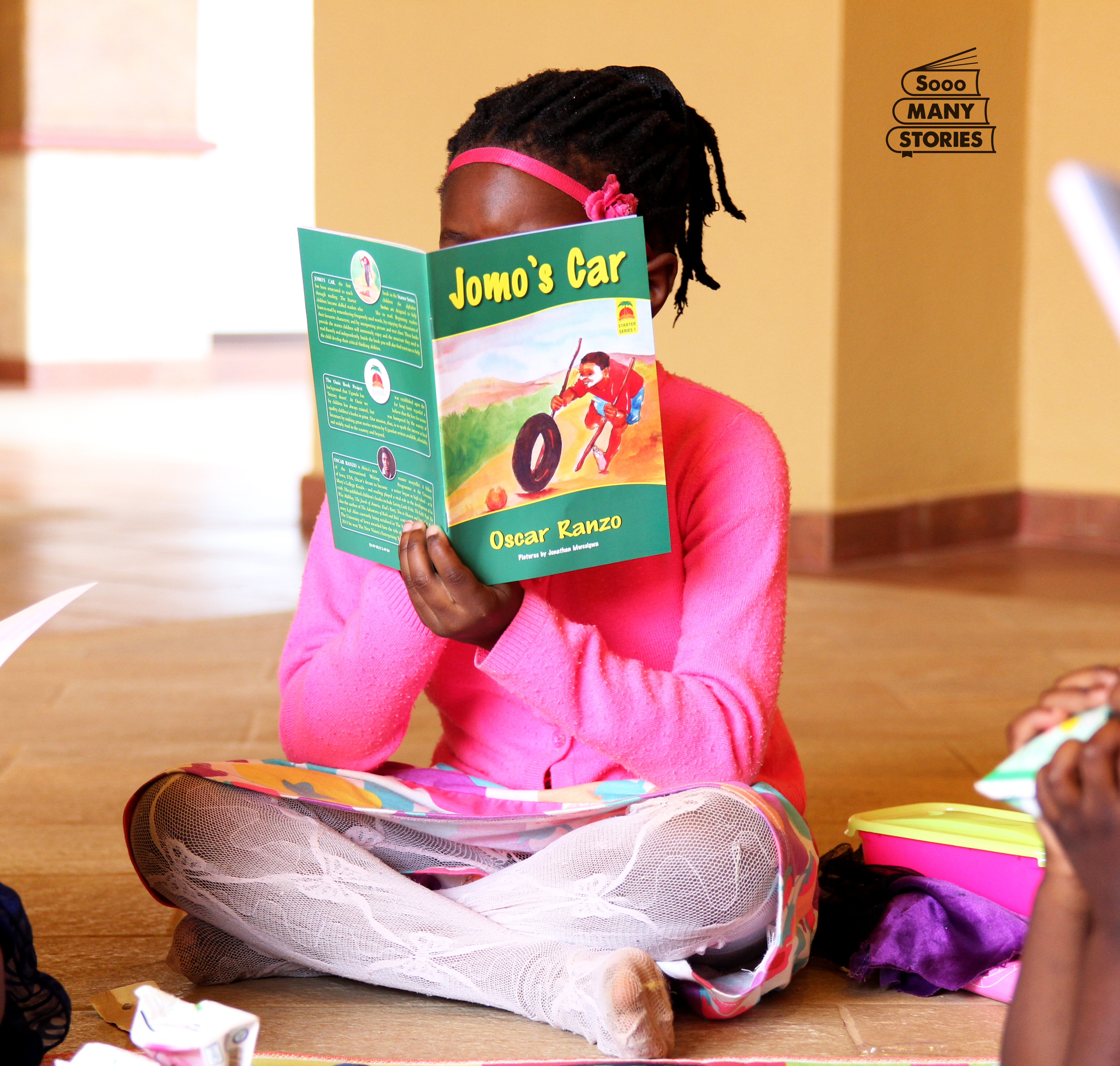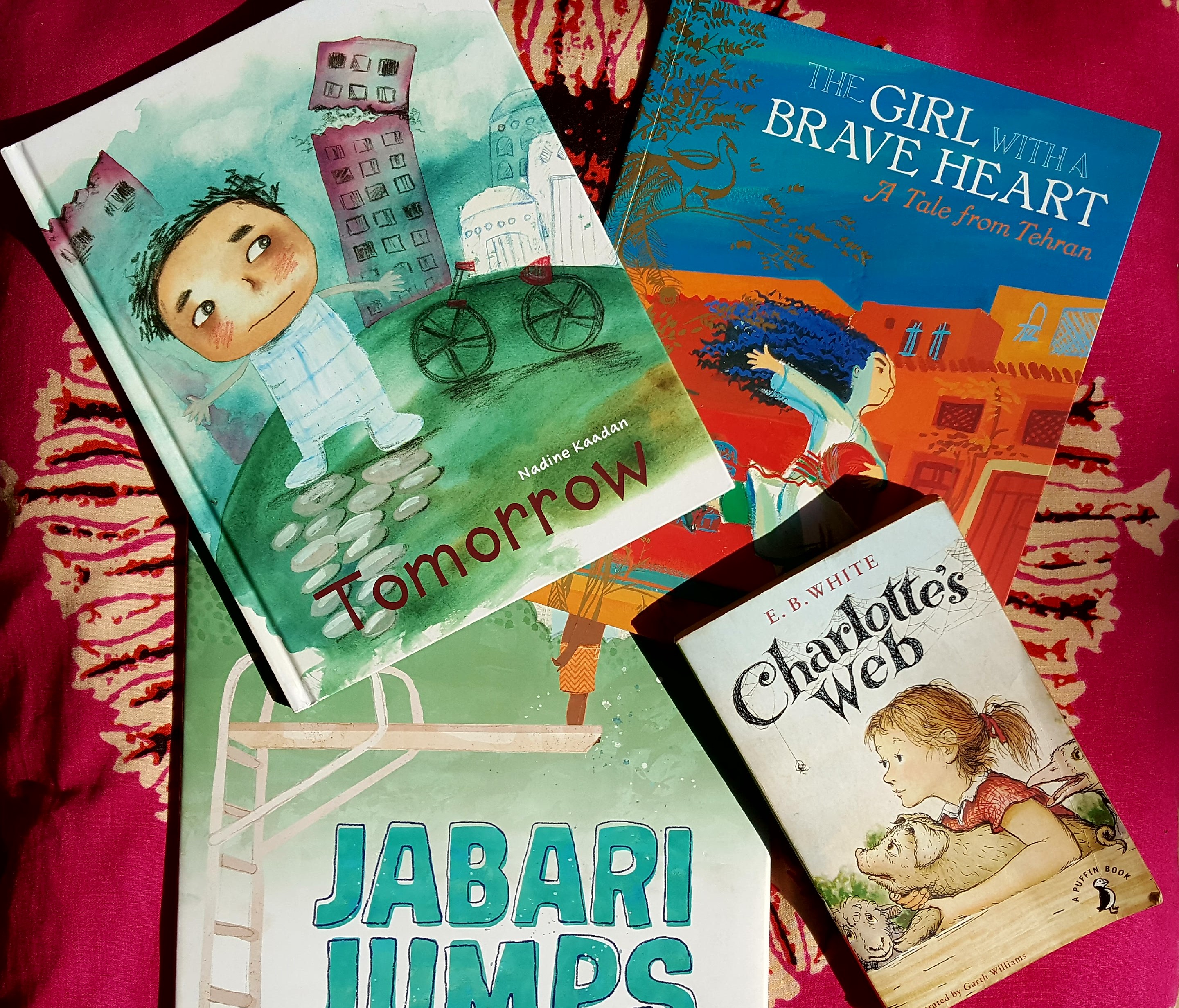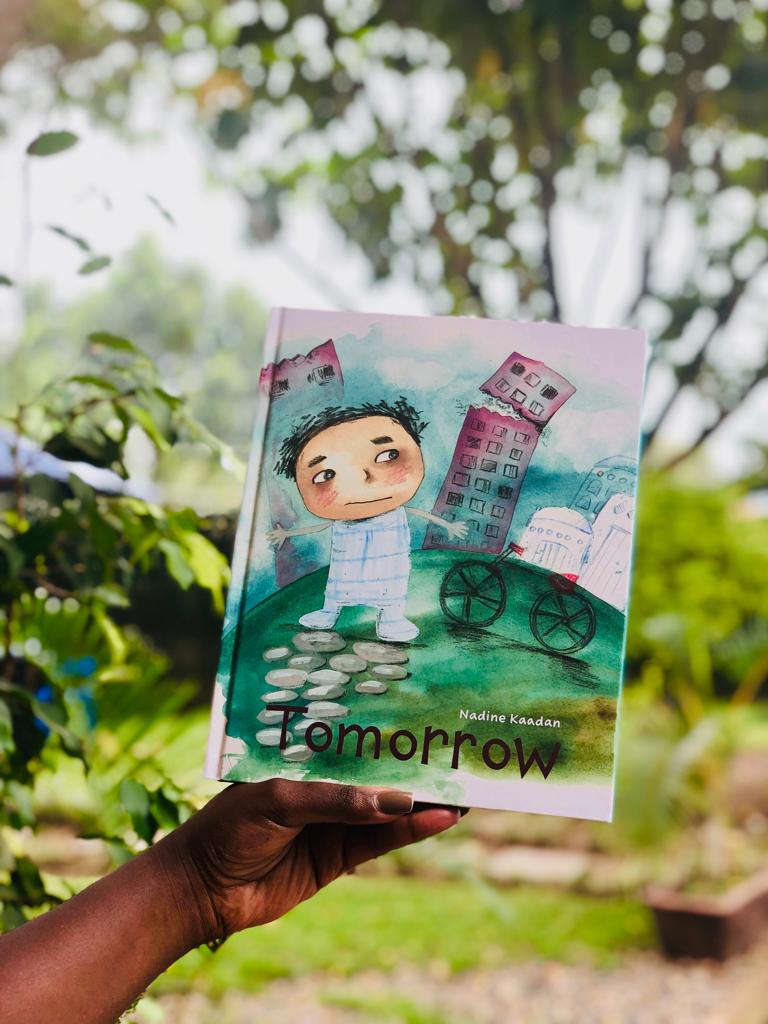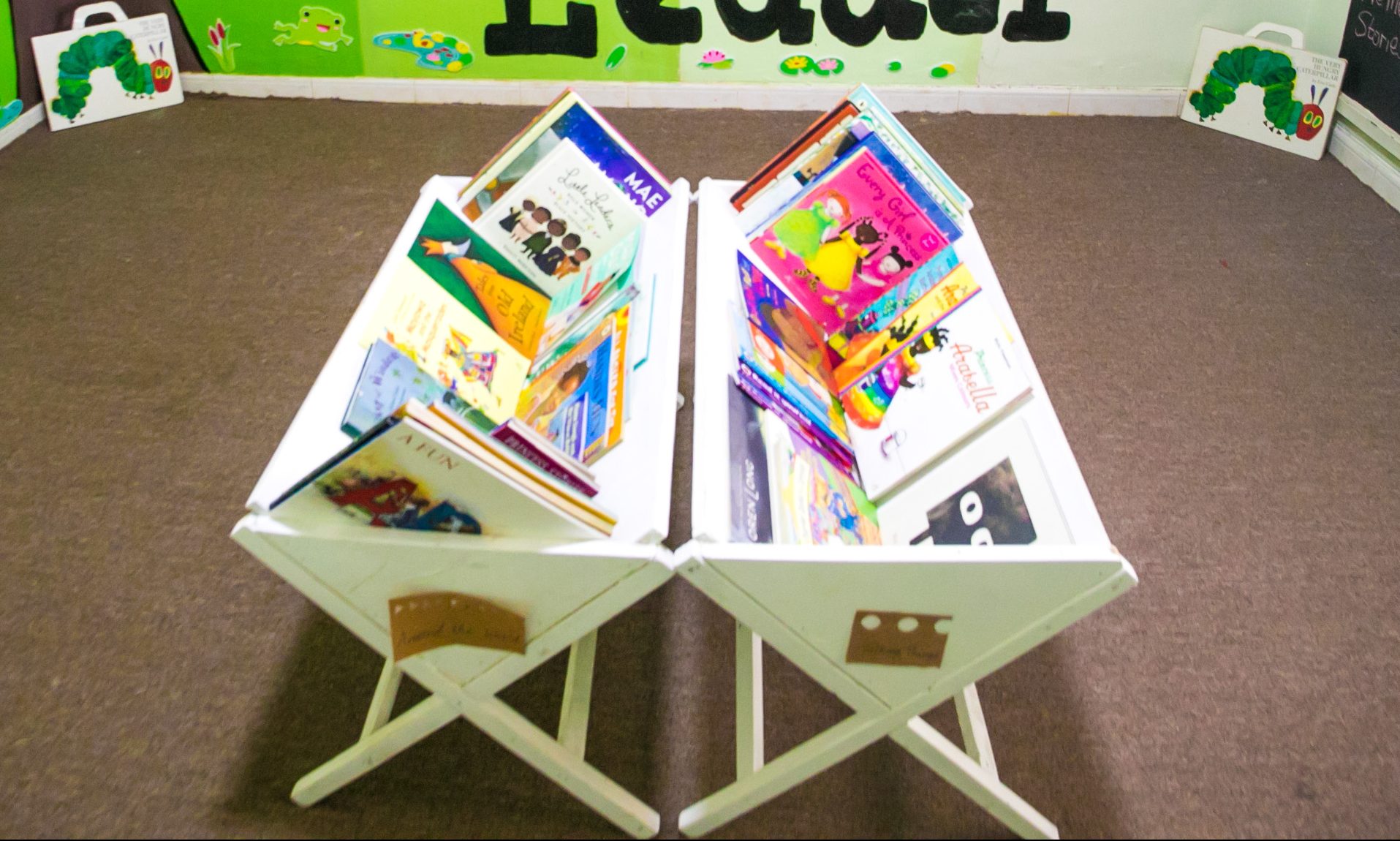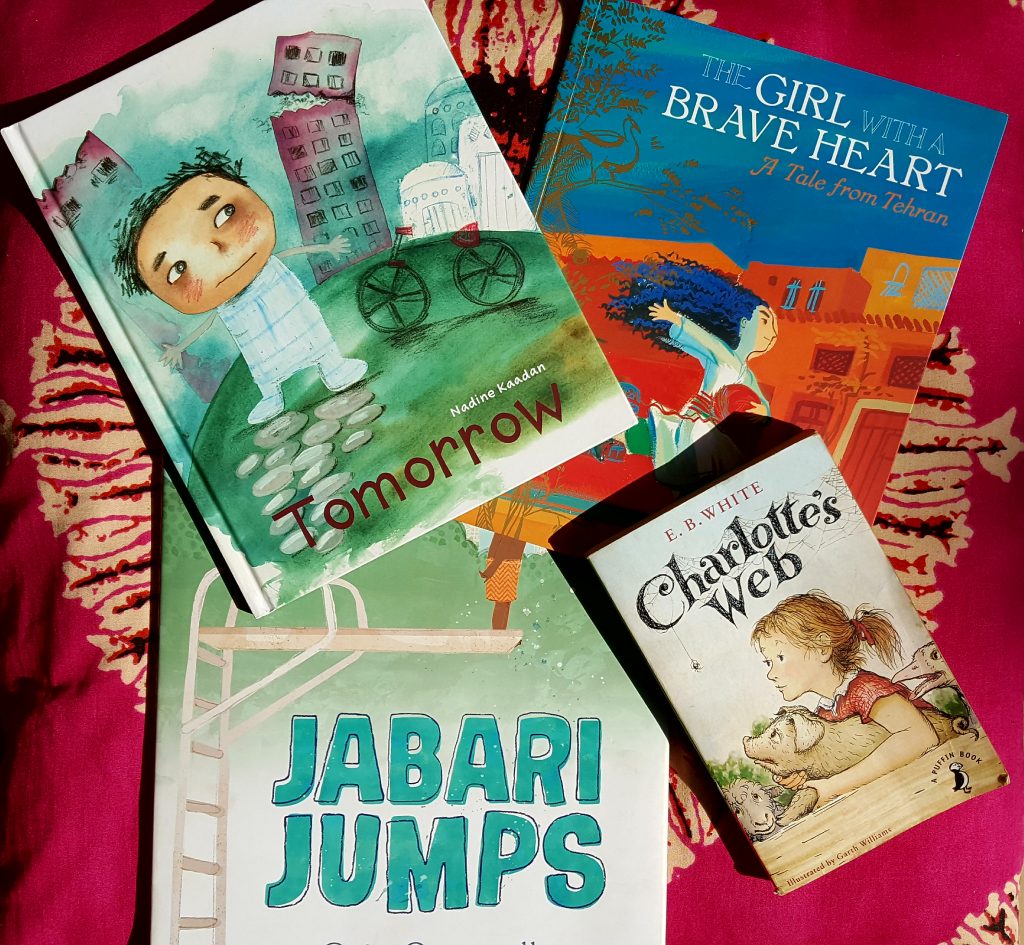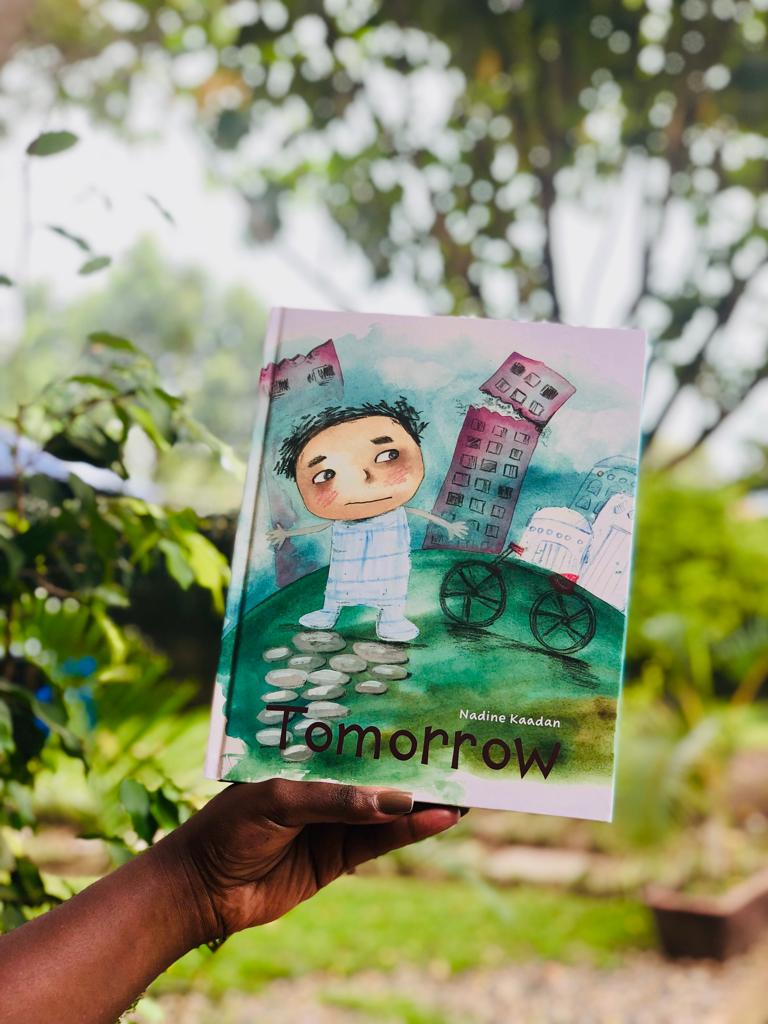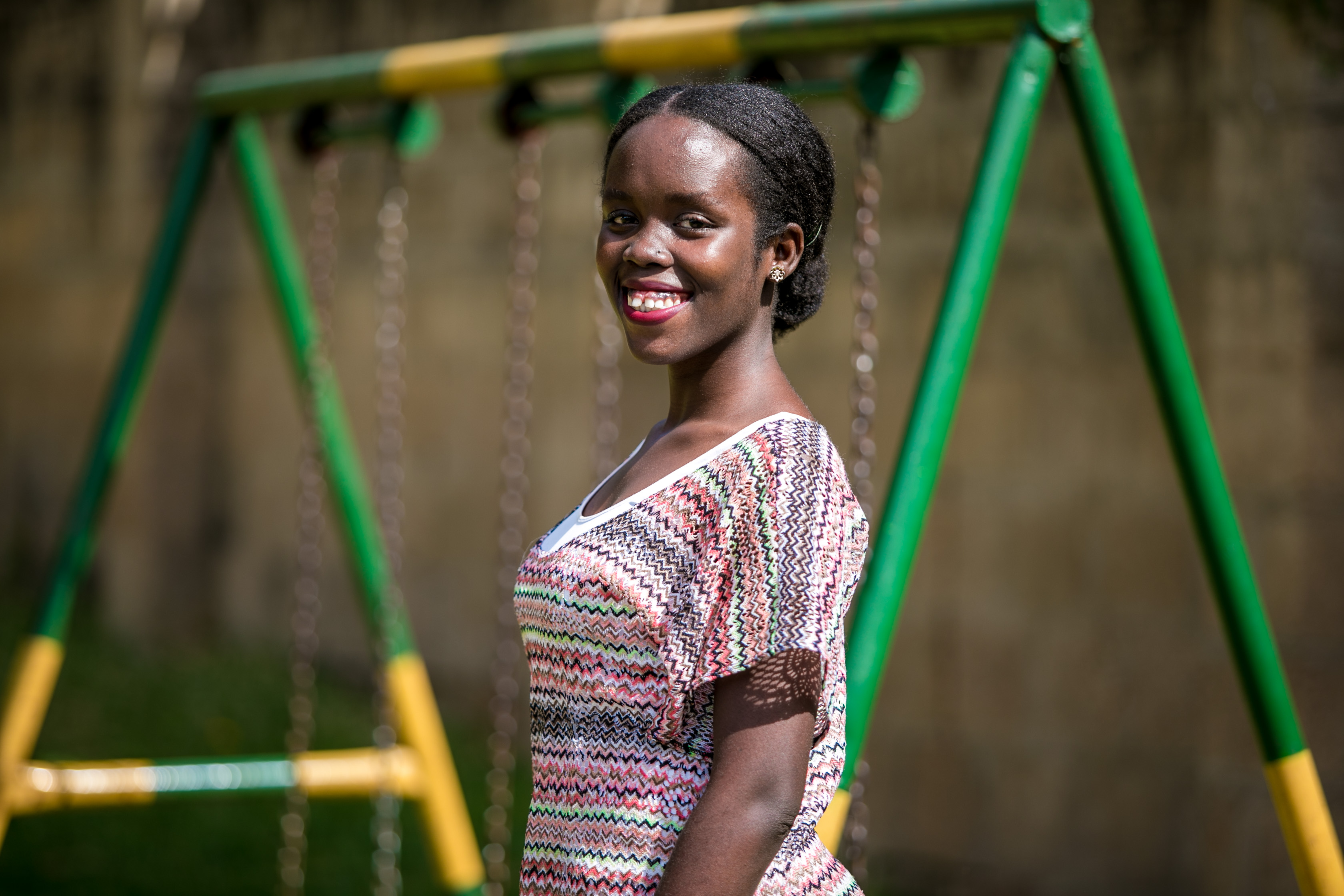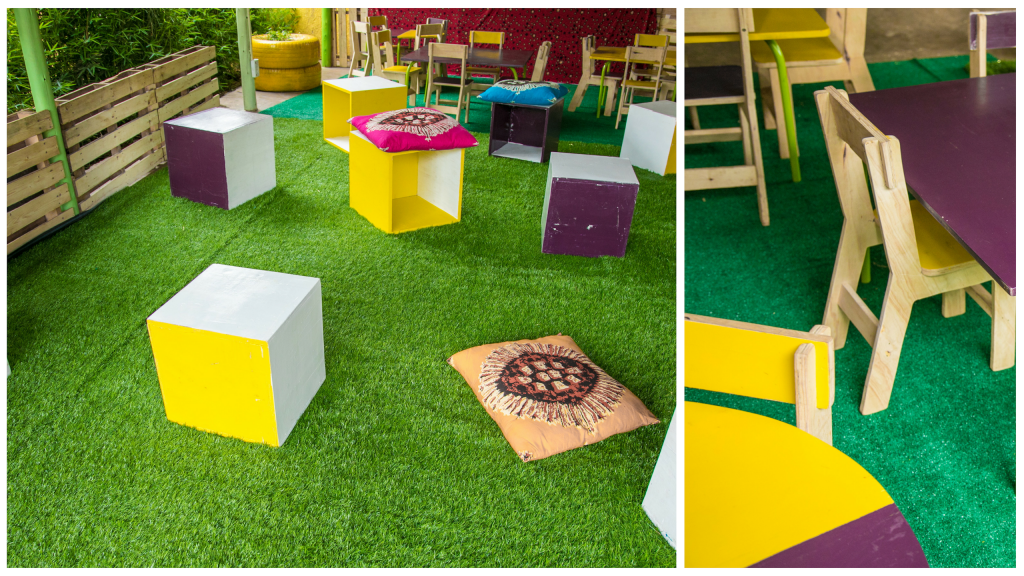Our mobile children’s library is stocked with age-appropriate books for children aged 4 to 14 from all over the world.
You can join our reading community any time. This is how:
- Call/Whatsapp us on 0705711442 and let us know how old your child(ren) is/are.
- Let us know where you would like us to deliver the books.
- Pay for your monthly subscription.
We will select books that are age-appropriate for your child. Every 14 days, you will receive a new batch of books for your child.
We deliver books every Tuesday and every Friday.
Monthly subscription fees:
Within Kampala: Shs75,000 per month per child.
Entebbe: Shs95,000 per child per month.
The fees are inclusive of delivery fees.
Related articles
Understanding Different Emotions Through Reading | Esther Nshakira
Everybody is looking for happy. Ask the average adult what they yearn for and a good number will say they are looking for what makes them happy. It’s a concept that seems to begin right from childhood. We watch movies and read books that glorify happy endings, or happiness as a general concept.
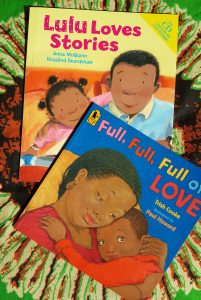 Even today, children’s books like Full, Full, Full of Love by Trish Cooke or the Lulu Series of stories by Anna McQuinn portray children and even adults with mostly sunny dispositions. These are great books, very important ones in fact. The two I’ve mentioned do a lot in terms of diverse and representative literature. I believe however, that as we continue to impress the love for books onto our children it needs to be done holistically. Life isn’t always happy. Sadness, anger, concepts like war and famine, or even polygamy and blended families; these are all elements of real life. These are concepts that children need to begin understanding and coming to terms with as early as possible so that their world views are formed from an informed place.
Even today, children’s books like Full, Full, Full of Love by Trish Cooke or the Lulu Series of stories by Anna McQuinn portray children and even adults with mostly sunny dispositions. These are great books, very important ones in fact. The two I’ve mentioned do a lot in terms of diverse and representative literature. I believe however, that as we continue to impress the love for books onto our children it needs to be done holistically. Life isn’t always happy. Sadness, anger, concepts like war and famine, or even polygamy and blended families; these are all elements of real life. These are concepts that children need to begin understanding and coming to terms with as early as possible so that their world views are formed from an informed place.
We know though, that sometimes reading to and with children about a lot of these things can get intimidating, overwhelming and frankly, a little awkward. There are ways though you can prepare yourself to introduce your children to these concepts.
Stop looking at them as children and look at them as human.
With your adult lenses on, you see your children as just that; children. They are vulnerable and need to be protected and really, should always be happy. But take them off and you all become human. And as humans being exposed to world views and circumstances outside our own increases empathy and perhaps a willingness to create social change. Understanding emotions like anger, sadness and grief, helps us deal with those feelings as and when they come up in our own lives. Seeing your children as human, seeing them the way you see yourself and other adults around you, might make it easier to read these kinds of stories with your child.
Find folk tales that depict some of the storylines or emotions you want to explore.
Using folk tales serves the primary purpose of bringing these conversations closer to home and Uganda is blessed to have a wide selection. There are many we grew up listening to that you can very easily be used to bring up these conversations. Stories like Njabala, which condemns laziness and procrastination or Nsangi which explores fear and the concept of fighting back could be good places to start. The great thing about many of the folk tales, for those of you that grew up around them, is that you are telling them to your children by rote. You are therefore able to gauge your children’s reaction to particularly disturbing parts and if they are not ready for it, you can steer the story in another direction until they are. You can also play around with some of the endings at different times and see which one your child likes best. You might be surprised at some of the preferences.
Prepare your children before hand
Discuss some of the themes within the book before you begin reading to them. Tell them the book might make them sad, or involves a character that gets very angry, and then ask them if they would like to read it anyway. Children are normally very honest and from their answers you can assess whether or not they are ready for that particular discussion.
Once you feel confident enough to broach these concepts with your children through reading, the next step is to find some of this challenging material. One that comes very highly recommended, especially for pre-teens and teenagers is Charlotte’s Web. A very popular title by E. B. White, it explores the concept of death in a way that leaves room for grief but removes the darkness and hopelessness from it. One of the book’s major characters dies in the end, ironically after successfully saving another character, but we see that even after this death, there is still life.
Another great recommendation would be The Tear Thief written by Carol Ann Duffy and illustrated by Nicoletta Ceccoli. This comes highly recommended for children aged five to nine years as they are getting to a place of better identifying and articulating their emotions. The book explores the act of crying and shows that people can cry for many reasons beside sadness. They can cry because they are jealous or angry or even guilty. At the end of the day though, all these emotions need to be properly and adequately dealt with beyond the tears.
The Girl with a Brave Heart written by Rita Jahanforuz and illustrated by Vali Mintzi would be another great one to read with children aged seven to nine years. This one explores not just emotion, but also the idea of family dynamics and blended and polygamous families. The book’s protagonist loses her mother. Her father remarries and with his new wife has a daughter. Although the relationships between these characters isn’t as healthy as it should be, a book like this would be great to read to a child born into a blended family. It can be a really great way to discuss the different dynamics all these relationships have and highlight the positive ones in their own.
Another recommendation would be – an absolute favourite here at Sooo Many Stories – Jabari Jumps, written and illustrated by Gaia Cornwall. Great for ages three to six, this one explores fear in such a beautiful, palatable way. The book’s protagonist is excited to be heading to the pool to dive from the diving board for the first time, but finds that he is a little scared. One of the brilliant things about the story is the author depicts Jabari’s fear, without ever mentioning the word. The best place to start with a book like this one would be having your little one identify the emotion that Jabari is feeling. Then have them mention times they might have felt it in their own lives. You’ll find that because they can identify with Jabari, it’s easier to open up.
Yet another recommendation would be Tomorrow, written & illustrated by Nadine Kaadan. This one explores the current war situation in Syria through the eyes of a child. You can find the full review here.
We hope that with these tips and recommendations, you will find the process of introducing your child to books outside of happy, a little less intimidating.
All the titles mentioned are available in our children’s library. Call/Whatsapp us on 0705711442 and join our reading community.
Tomorrow | Written & Illustrated by Nadine Kaadan
Nadine Kaadan paints a story that is unlike many children’s stories. She explores a topic that would be hard to broach with children. She condenses the idea of war and it’s effects into a language children can understand and process.
Set in Syria, the story gives the reader a glimpse into the confusion and desperation in a child, that comes about as an effect of war. We are eerily introduced to Yazan who is in a state of confusion because of all the change that is happening around him. Parts of his everyday routine like going to the park and visiting friends are all thrown off. Even his mother’s mood seems to have changed as she doesn’t seem to want to paint anymore and his father is always tense.
One of the reasons this is a great story is because it humanises children that are often portrayed as other by the media. Children in Syria are seen as suffering or sullen and quiet. This book shows them as regular kids. Young Yazan enjoys riding his bike, making paper planes and visiting the park. He too gets frustrated with life sometimes and acts out just like a regular child would. The book serves as connection between a child living in Africa and one living in Syria.
For children that may have never known war, like many here in Kampala, the book also opens the door for conversation concerning a reality outside their own. You begin to expand their world views and show them that their way of life is not the only way. Emotions like empathy and even a hunger for societal change can be birthed through this opening of minds. It can also be a way to help a child understand privilege and why they should be grateful for all they have.
The themes which echo through the gloomy and dark palette used in the illustrations sets the tone for how the reader is expected to feel; trapped. While it is seemingly difficult to read, it tells a tale that is very necessary in today’s political climate. It gives us an insight into the experiences of the voices that are often times silenced during times of unrest while also, in a gentle way, preserving the innocence of its intended audience. It’s definitely a necessary read.
This book is most suitable for children aged 7-9 in particular because of the subject matter. Explaining the intricacies of the book to a child younger than 7 might prove a little difficult. This book is readily available at our children’s library.
Looking to expose your child to more impactful literature? Contact us to join our children’s mobile library on 0705711442/0788310999.
A Book, A Library & A Word Game
2018 has been a year of growth for Sooo Many Stories. Having started with just one chapter of our children’s book club, The Fireplace: Tot Tales in 2016, we expanded to add two more chapters in Muyenga and Bugolobi in 2018. Our expansion highlighted the need for not only access to a variety of literature but also, the need to focus on creating literature for the Ugandan child. Literature in which Ugandan children can see themselves and have characters to call their own.
We are proud to announce Immaculate Innocent Acan as our first signed children’s author. Acan is the recipient of the 2016 Writivism Short Story prize. She has also been published by Omenana Magazine, AFREADA Magazine, Brittle Paper and in Selves: An Afro anthology of Creative Non-fiction. Her children’s book, follows three friends on a colourful journey all over Uganda as they look for three ingredients to help them create something extra special.
Besides our monthly children’s book clubs, we now have yet another way to fulfill our mission to nurture a generation of readers, thinkers and innovators. We opened our first children’s library at our office in Bugolobi. It’s a dream that has been a long time in the works and we are really excited to finally open our doors. We have over 200 titles so far for children aged 0-14 years. We strongly believe in diverse representation in books, and made sure that the children in many of the titles look like the average Ugandan child. We sought out books that act not just as windows, but as mirrors too, that reflect our children’s own lives and experiences. Opening this library is a dream come true. We cannot wait to change children’s lives with these books.
We are also excited to announce a word guessing game, Otyo! Suitable for ages 8 and up, it is perfect for rainy weekends in, parties, road trips and get-togethers. Otyo! is great for vocabulary building, teaching description, thinking fast on your feet, bonding and fun!
Contact us on 0705711442 or 0788310999 for Otyo! and library membership for children aged 0 to 14.


